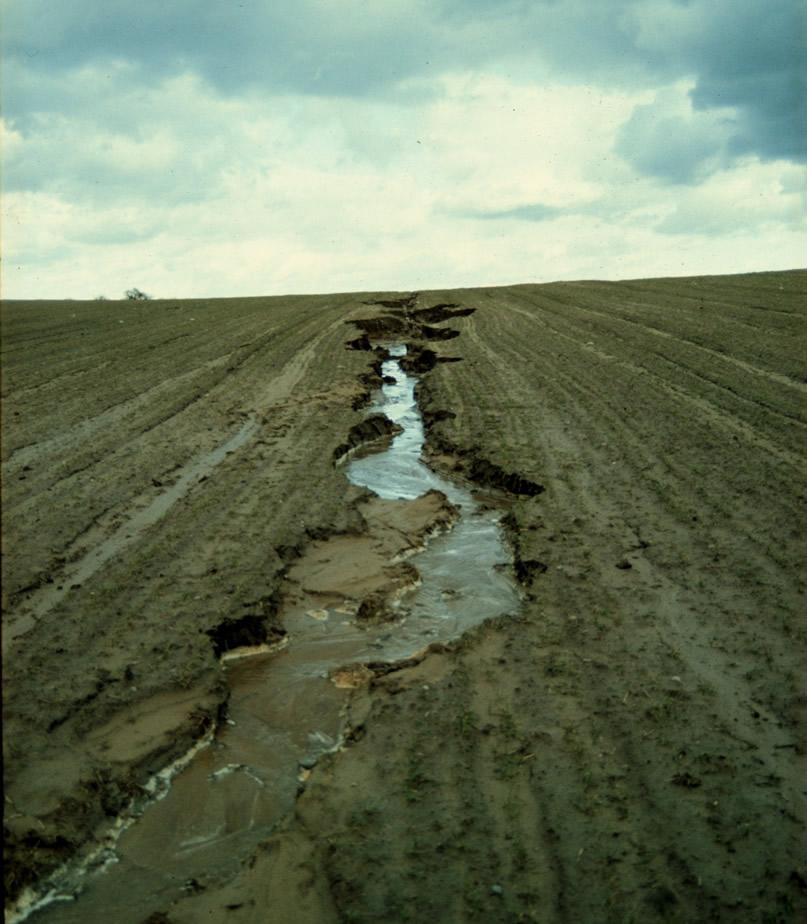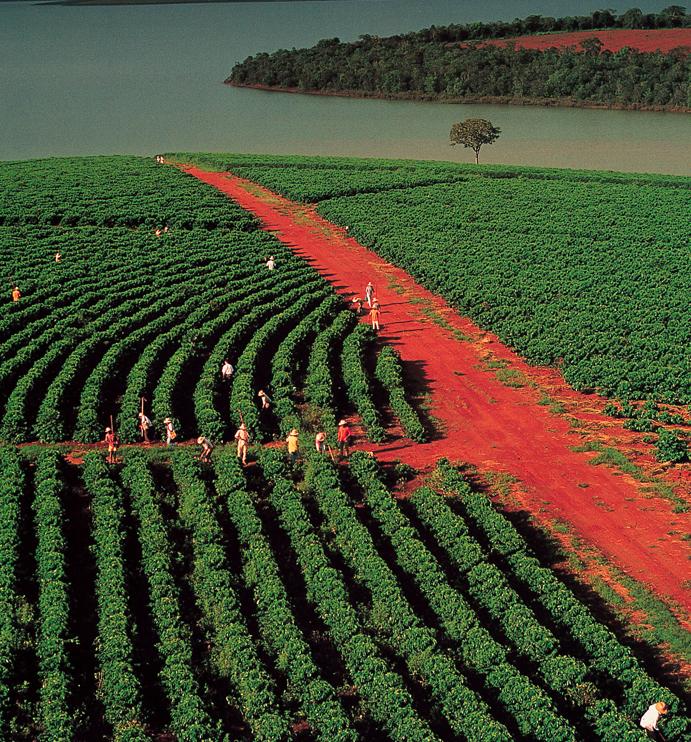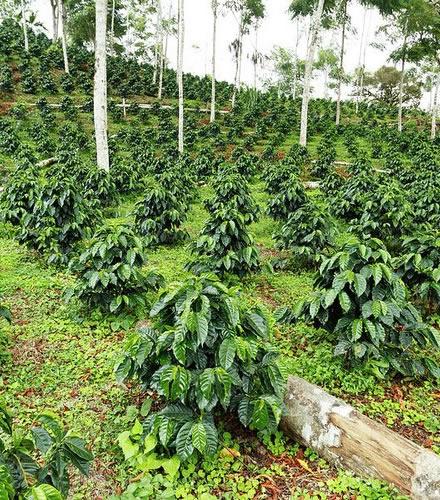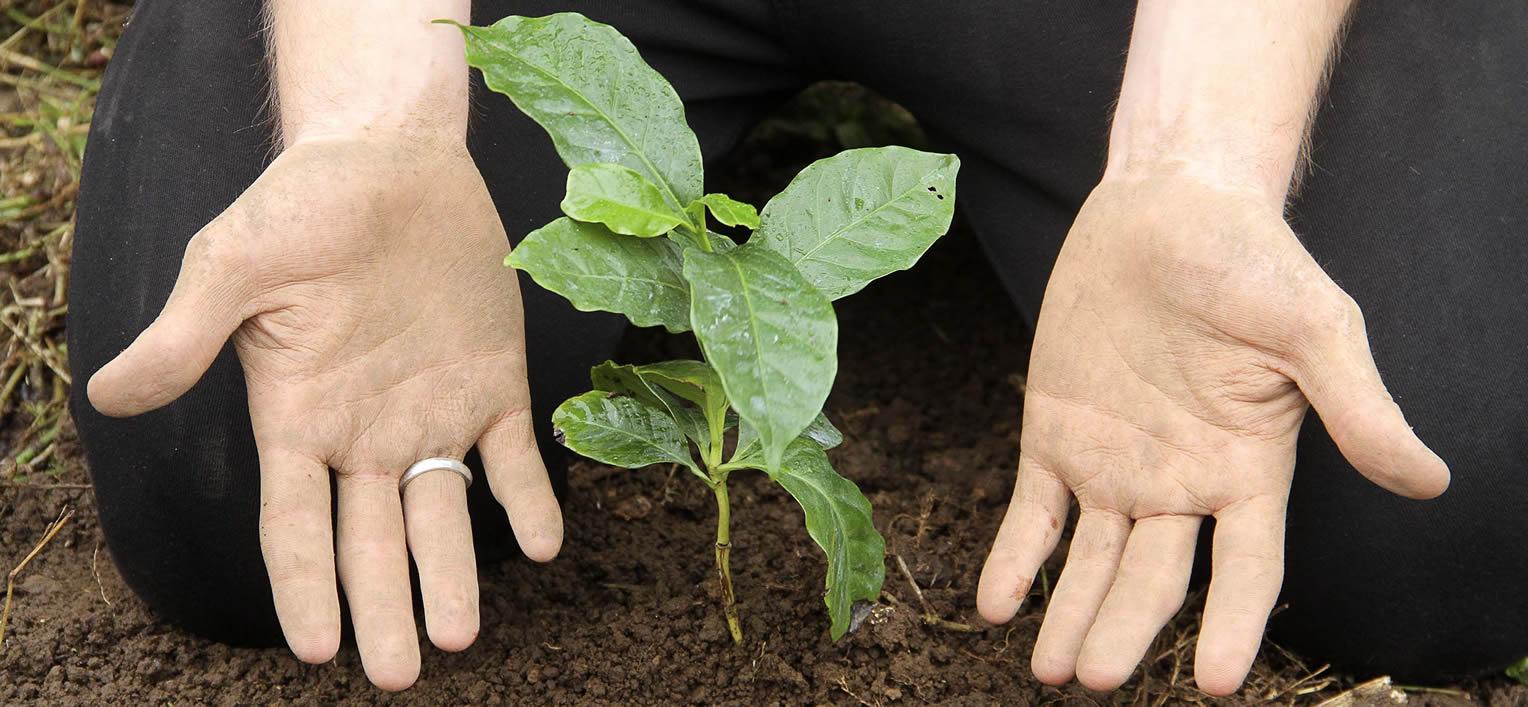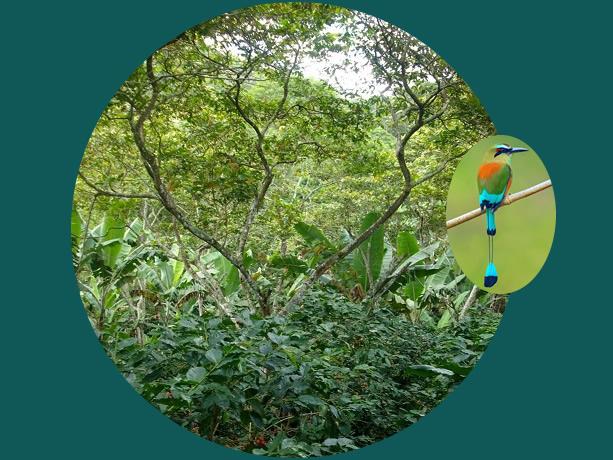HOW SUSTAINABLE FARMING CAN SAVE FUTURE GENERATIONS FROM DISEASE AND DISASTER AND WHY IT’S IMPORTANT TO YOU
In 2018, over 2.9 million acres of tropical rainforests were destroyed. And, according to The Food and Agriculture Organization of the United Nations, mass growing fields for industrialized farms accounted for roughly 80% of this deforestation.
In 2015, the chemical herbicide, Round-up, which is commonly used on crops in industrialized farming practices, was found in urine samples of 93% of Americans.
And, every year, we lose approximately 24 billion tons of fertile soil globally to erosion.
So, when do we finally see convenience and mass profit in food production practices as truly detrimental to our health as a people and as a planet?
What can we do to alter and update these practices to preserve health and life for our planet and the population?
Some have already found sustainable farming to be the solution to these problems.
What is Sustainable Farming?
Sustainable farming is a type of farming that uses methods that focus on:
- Environmental protection
- Public health
- Supporting communities
- Animal welfare
Sustainable farming incorporates methods that ensure careful attention is given to the future of plant growth potential, the planet, and the population.
Industrial vs Sustainable Farming
Industrial Farming
Industrial farming practices are what many people think of when referring to farming in general. We have grown accustomed to seeing, here in America, large mass-market fields full of the same crops, season after season.
I grew up in a rural area and can vividly remember needing to close all of the windows in our house at certain times in late spring, early summer.
Was this because it became too warm in the house? No. Because it began to rain? No. Unfortunately, this was because the crops in nearby fields were being sprayed with chemical pesticides and fertilizers, a typical aspect of industrial or conventional farming.
This practice, used to maximize crop yield and thus maximize profits, contaminated our drinking water (we had a well on our property), the air, the soil, and if we left our windows open...even the inside of our home. And, this is true of every area where industrial farming takes place.
Let’s take a look at industrialized farming:
- Production costs dictate the heavy use of chemical fertilizers, pesticides, and herbicides.
- In countries where these farming practices are widely incorporated, records show distressing amounts of agricultural chemicals in everything from soil and water supplies to actual human blood and tissue samples.
- In China, it is estimated that more than half of their groundwater supply is contaminated with agricultural chemicals.
- A 2015 study showed that 93% of Americans have the chemical herbicide Round-up, a human carcinogen, in their urine. (Even organic crops are at risk due to cross contamination.)
- In rainforest regions in particular, deforestation is occurring at rapid rates to accommodate large open fields for mass-production of crops.
-
Biodiversity is eliminated through the use of toxic chemicals and the practice of cultivating the same crops repeatedly in specific areas (monoculture).
Between soil erosion, deforestation, and air, water, and ground pollution, we are setting future generations up for disease and disaster.
And, we certainly know that this method of farming is not sustainable. We can not continue in these methods globally and expect future generations not to be negatively affected.
Sustainable Farming
Sustainable farming practices are just that...sustainable. Those who practice sustainable farming methods realize the need to consider the future, on all fronts.
When I say future, I’m not talking about a George Jetson future with flying cars and robotic maids. I’m referring to the air we will breathe ten years from now. I’m referring to our water supply 5 years from now. I’m referring to the soil that plants need for growth next year, and the year after that, and the year after that, and so on.
Sustainable farming emphasizes maintaining the health of the environment, the product, and the population.
Its methods facilitate farming as an ecosystem. Sustainable farming:
does not use chemical products which harm the environment and the population
does utilize naturally occurring processes in the environment to aid in plant growth
Sustainable farming uses the biodiversity of an area to its advantage. Let’s see how:
- A variety of crops may be grown in one area to provide both shade for surrounding plants as well as a natural environment for birds and insects. This also increases the nutrient density of the soil.
- Planting a variety of trees or crops within an area provides extra income for farmers.
- Birds, insects, and other native wildlife is utilized in sustainable farming as a natural form of pest control, omitting the use of harmful chemicals.
- Soil erosion is reduced when crops are rotated and seeds are planted on undisturbed or untilled soil.
-
Promotes harmonious living within our natural environment with little intervention.
Benefits of Sustainable Farming
From eliminating harmful chemicals in our own bodies, to ensuring a future in agriculture for our children and grandchildren, sustainable farming methods provide an avenue for needed change.
Environmental Benefits
- Reduction in water pollution of surrounding water sources.
- Reduction in amount of water usage.
- Reduction in air pollution.
- Soil erosion is reduced.
- Soil quality is preserved.
- Promotes biodiversity.
- Creates and provides habitats for pollinators.
- Energy efficient farming practices.
- Less greenhouse gas emissions
Economic Benefits
- Planting a variety of crops provides extra income for farmers.
- Supports growth of rural areas.
- Farmers are often able to earn a better wage with a more valuable crop.
- Pests are reduced naturally and crops are fertilized naturally omitting costs (and harm) from chemical intervention.
Nutritional Benefits
- Healthier, more natural and nutritious crops.
- Consumer is not ingesting harmful pesticides, herbicides, and fertilizers.
-
Greater food diversity (eating a diverse variety of healthy, non-toxic foods can actually help fight inflammation in the body)
Sustainable Farming in Action
First, we’ll travel past large mass-market sun coffee plantations. Coffee here is cultivated in deforested areas, using a variety of fertilizers, herbicides, pesticides to facilitate fast and pest-free growth.
So then, we’ll continue journeying farther into Nicaragua, high in the mountain rainforests. At approximately 5,700 ft above sea level, in the Bosawas Biosphere Reserve, we’ll arrive at a small Lifeboost coffee plantation.
This part of the rainforest is often referred to as the “lung of Central America” because of its crucial role in oxygen production.
Here, local coffee farmers cultivate coffee plants under the shade of guava trees. The shade of these trees provides a habitat for insects and native birds like the wood thrush. The insects that would do the coffee plants harm are kept at bay naturally here by wildlife within the habitat.
The heavy rains that occur here do not drown out these plants as high elevation works to the farmer’s benefit. At these elevations, plants receive appropriate hydration, and excess water naturally drains away from the plants and down the mountain.
This process of rainwater run-off prevents the growth of harmful molds on the coffee plants.
The guava tree leaves that fall amongst the coffee plants naturally provide protection from weed growth. And, these fallen leaves also allow the beans to absorb more nutrients as they decompose and become part of the soil composition.
An added benefit of coffee cultivation here is that the climate, cooler in the shaded areas at these altitudes, makes the plant mature much more slowly. This slower maturation process allows the beans to absorb more of the above mentioned nutrients from the soil, providing the consumer with a healthier, tastier product.
The ability to grow a diversity of crops provides the farmers with additional income. And, a greater wage is earned by these farmers for their fairly traded, nutrient-dense crop.
The Lifeboost Commitment
Here at Lifeboost, we believe in working with farmers who work hand in hand with naturally occurring environmental processes to ensure that our coffee is sustainably grown.
We support these practices in an effort to protect our land for generations to come.
We also participate in other measures to protect the plants and animals that live in our coffee growing regions by supporting The Rainforest Trust. www.therainforesttrust.org
Providing you with a clean, healthy, and delicious cup of coffee is our priority at Lifeboost, but it is not our only priority.
By using sustainable farming methods and supporting organizations like The Rainforest Trust, we commit to do our part to protect the future of the population, the planet, and plant growth potential.
Here at Lifeboost, we believe in working with farmers who work hand in hand with naturally occurring environmental processes to ensure that our coffee is sustainably grown.
We support these practices in an effort to protect our land for generations to come.
We also participate in other measures to protect the plants and animals that live in our coffee growing regions by supporting The Rainforest Trust. www.therainforesttrust.org
Providing you with a clean, healthy, and delicious cup of coffee is our priority at Lifeboost, but it is not our only priority.
By using sustainable farming methods and supporting organizations like The Rainforest Trust, we commit to do our part to protect the future of the population, the planet, and plant growth potential.
References
https://www.ucsusa.org/resources/what-sustainable-agriculture?gclid=CjwKCAjw5vz2BRAtEiwAbcVIL4mF8hV7bOIR_XwyqLgi_bn_l-Yiqz-EfH-_RzZNFimbIR3cn377_hoCzh8QAvD_BwE&utm_campaign=food&utm_medium=search&utm_source=googlegrants
https://greentumble.com/10-sustainable-farming-methods-and-practices/
https://academic.oup.com/ijlct/article/13/4/338/5077788
https://arrowquip.com/blog/animal-science/top-benefits-buying-locally-grown-food#:~:text=Environmental%20Benefits%20of%20Locally%20Grown,for%20industrial%20or%20commercial%20use.
https://rodaleinstitute.org/why-organic/issues-and-priorities/biodiversity/#:~:text=Biodiversity%E2%80%94the%20variation%20of%20life,monocultures%2C%20conventional%20farming%20eliminates%20biodiversity.
https://study.com/academy/lesson/what-is-sustainable-agriculture-definition-benefits-and-issues.html#:~:text=Sustainable%20agriculture%20also%20benefits%20the,natural%20environments%20to%20live%20in.
https://www.conserve-energy-future.com/methods-and-benefits-of-sustainable-agriculture.php
https://science.howstuffworks.com/environmental/green-science/sustainable-farming3.htm
https://science.howstuffworks.com/environmental/green-science/sustainable-farming4.htm
https://www.rainforesttrust.org/devastating-truths-of-deforestation-and-how-you-can-help/
https://www.ecowatch.com/glyphosate-found-in-urine-of-93-percent-of-americans-tested-1891146755.html#:~:text=Glyphosate%2C%20the%20most%20used%20herbicide,project%20that%20started%20in%202015.&text=Glyphosate-containing%20herbicides%20are%20sold,such%20as%20Monsanto's%20Roundup.
https://www.edgeindiaagrotech.com/benefits-sustainable-agriculture
https://abcbirds.org/quest-to-save-wood-thrush/
https://www.globalagriculture.org/report-topics/soil-fertility-and-erosion.html
MEDICAL DISCLAIMER
This content is for informational and educational purposes only. It is not intended to provide medical advice or to take the place of such advice or treatment from a personal physician. All readers/viewers of this content are advised to consult their doctors or qualified health professionals regarding specific health questions. Neither Dr. Charles Livingston nor the publisher of this content takes responsibility for possible health consequences of any person or persons reading or following the information in this educational content. All viewers of this content, especially those taking prescription or over-the-counter medications, should consult their physicians before beginning any nutrition, supplement or lifestyle program.
